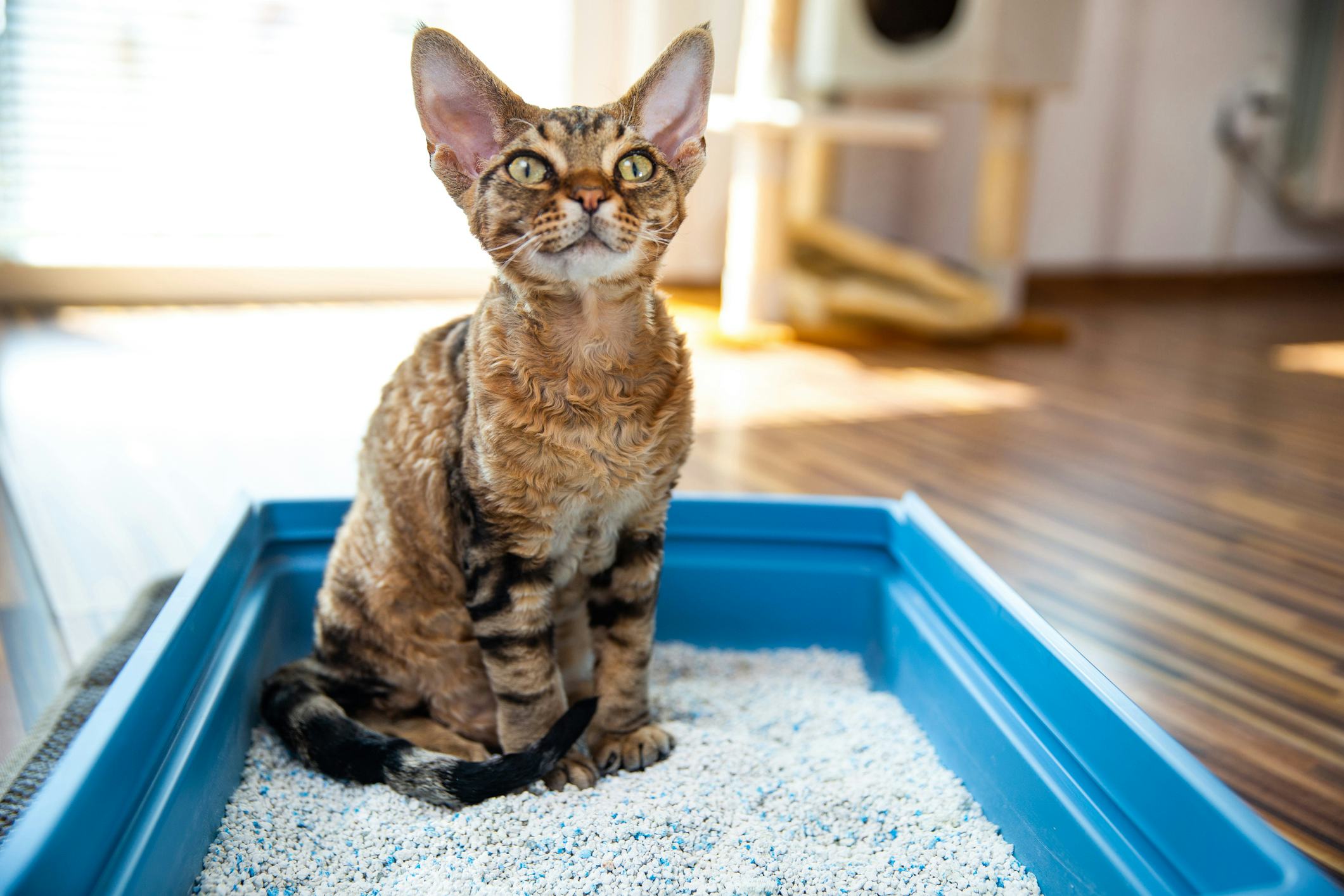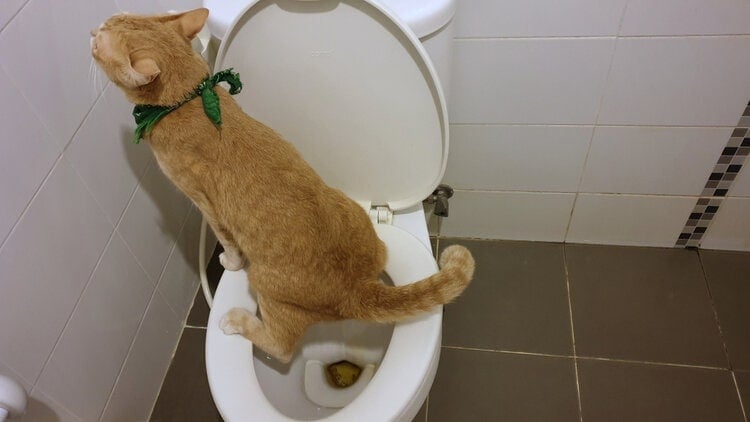Important Reasons Why Animal Waste Needs to Never Be Flushed Down the Toilet
Important Reasons Why Animal Waste Needs to Never Be Flushed Down the Toilet
Blog Article
Do you find yourself trying to find details concerning Can You Flush Dog and Cat Poo Down the Toilet??

When it involves taking care of waste, especially animal waste, many individuals often resort to the hassle-free choice of flushing it down the toilet. Nevertheless, this seemingly simple solution can have severe effects for the atmosphere and public health. In this article, we'll explore why flushing animal waste down the bathroom is a poor idea and supply different approaches for appropriate disposal.
Introduction
Proper waste disposal is essential for keeping environmental sustainability and public health. While it might seem harmless to flush animal waste down the bathroom, it can lead to different issues, both for the atmosphere and human health.
Threats of flushing pet waste
Ecological influence
Purging pet waste introduces dangerous germs and virus into rivers, which can negatively influence aquatic ecosystems. These microorganisms can infect water resources and harm marine life, interfering with fragile communities.
Public health concerns
Animal waste includes harmful bacteria such as E. coli and Salmonella, which can present serious health risks to humans. Purging animal waste down the toilet can contaminate water products, causing the spread of conditions and infections.
Alternatives to flushing
As opposed to flushing pet waste down the bathroom, there are numerous different disposal methods that are extra eco-friendly and sanitary.
Composting
Composting pet waste is an eco-friendly way to get rid of it. By composting, raw material is broken down into nutrient-rich soil, which can be utilized to feed yards and plants.
Landfill disposal
Dealing with animal waste in a land fill is an additional alternative. While not as environmentally friendly as composting, it is a much safer option to flushing, as it protects against the contamination of water resources.
Pet garbage disposal systems
There are specialized pet garbage disposal systems available that securely and hygienically deal with animal waste. These systems usually make use of enzymes to break down waste and remove odors.
Actions to correct pet waste disposal
To make sure proper disposal of pet waste, follow these actions:
Scooping and getting waste
Consistently scoop and bag animal waste utilizing eco-friendly bags. This protects against waste from contaminating the setting.
Making use of marked waste bins
Dispose of bagged pet waste in designated waste bins, such as garden compost containers or land fill containers. Prevent flushing it down the commode at all prices.
Cleansing litter boxes and family pet locations on a regular basis
Routinely tidy litter boxes and pet locations to avoid the buildup of waste and microorganisms. Usage pet-safe cleansing products to maintain hygiene.
Benefits of proper disposal methods
Adopting appropriate disposal methods for animal waste provides several advantages:
Reduced environmental pollution
Appropriate disposal approaches lower the risk of environmental pollution, protecting rivers and ecological communities from contamination
Decreased danger of water contamination.
By avoiding flushing animal waste down the toilet, the risk of water contamination is dramatically decreased, protecting public health.
Boosted hygiene and health
Proper disposal techniques promote much better cleanliness and hygiene, developing a much safer atmosphere for both humans and pets.
Verdict
To conclude, purging animal waste down the commode is hazardous to the atmosphere and public health. By adopting different disposal methods and adhering to proper waste management practices, we can decrease the unfavorable effect of animal waste and add to a cleaner, healthier earth.
What To Do With Dog Poo – The Do's And Don'ts Of Disposing Of Faeces
Dog poo bins
Some councils provide dedicated dog waste bins in popular dog-walking areas that can take dog poo that has been bagged but you can legally dispose of dog waste in any public litter bin, as long as it is securely bagged. This also applies to your wheelie bin at home.
Do not flush
Water companies do not recommend flushing dog faeces down the toilet because certain parasites can survive the water processing treatment and are potentially harmful to humans. You should also never consider flushing dog poo that has been bagged down the toilet as the bags will not break down and instead create severe blockages in the sewage system.
In the woods
The Forestry Commission promotes a ‘stick and flick’ method for dealing with waste in the woods. This means finding a stick and using it to flick any poo from off the path so that it is out of the way of other walkers. You could also bury it as long as it is not in an area where there might be livestock.
Livestock
Parasites found in dog poo can be transmitted to livestock if they inadvertently eat infected faeces that has been left on grazing land. This could result in the death of sheep or abortion in cattle so you should always make sure you pick up your dog’s waste in fields where livestock could be present.

Routinely tidy litter boxes and pet locations to avoid the buildup of waste and microorganisms. Usage pet-safe cleansing products to maintain hygiene.
Benefits of proper disposal methods
Adopting appropriate disposal methods for animal waste provides several advantages:
Reduced environmental pollution
Appropriate disposal approaches lower the risk of environmental pollution, protecting rivers and ecological communities from contamination
Decreased danger of water contamination.
By avoiding flushing animal waste down the toilet, the risk of water contamination is dramatically decreased, protecting public health.
Boosted hygiene and health
Proper disposal techniques promote much better cleanliness and hygiene, developing a much safer atmosphere for both humans and pets.
Verdict
To conclude, purging animal waste down the commode is hazardous to the atmosphere and public health. By adopting different disposal methods and adhering to proper waste management practices, we can decrease the unfavorable effect of animal waste and add to a cleaner, healthier earth.
What To Do With Dog Poo – The Do's And Don'ts Of Disposing Of Faeces
Dog poo bins
Some councils provide dedicated dog waste bins in popular dog-walking areas that can take dog poo that has been bagged but you can legally dispose of dog waste in any public litter bin, as long as it is securely bagged. This also applies to your wheelie bin at home.
Do not flush
Water companies do not recommend flushing dog faeces down the toilet because certain parasites can survive the water processing treatment and are potentially harmful to humans. You should also never consider flushing dog poo that has been bagged down the toilet as the bags will not break down and instead create severe blockages in the sewage system.
In the woods
The Forestry Commission promotes a ‘stick and flick’ method for dealing with waste in the woods. This means finding a stick and using it to flick any poo from off the path so that it is out of the way of other walkers. You could also bury it as long as it is not in an area where there might be livestock.
Livestock
Parasites found in dog poo can be transmitted to livestock if they inadvertently eat infected faeces that has been left on grazing land. This could result in the death of sheep or abortion in cattle so you should always make sure you pick up your dog’s waste in fields where livestock could be present.

As a devoted person who reads on , I imagined sharing that piece was really useful. Sharing is nice. Helping people is fun. Many thanks for being here. Please come by our blog back soon.
Visit Website Report this page